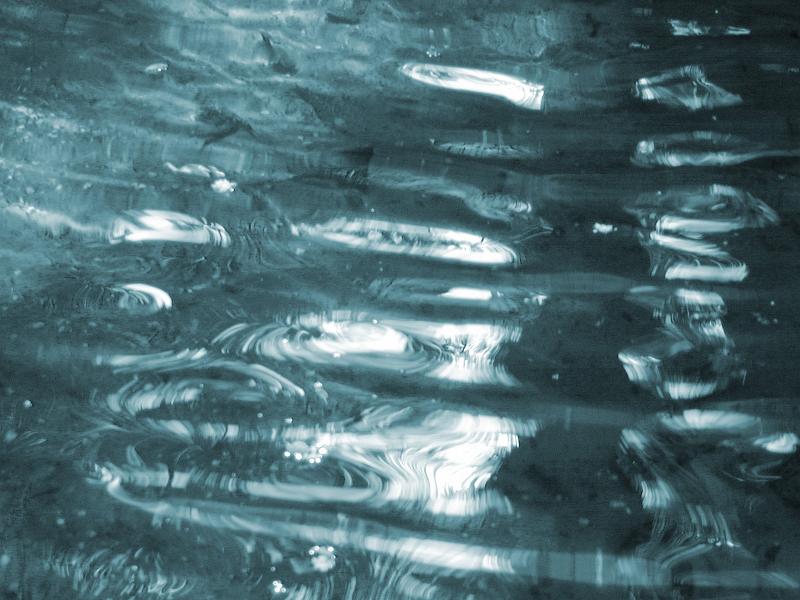Water in Costa Rica has always been in the forefront of everyone’s mind. Water issues have long plagued Costa Rica. However, with the advancement of treatment facilities and supply management, water issues are becoming a thing of the past. Wastewater at one time was discharged into rivers and any other receiving bodies without treatment due to the inoperative wastewater treatment plants. As of 2011, a large treatment plant was underway for the metropolitan area of San Jose. In the past decade alone, plants have sprung up across Costa Rica helping to reduce any public health issues that may have been of concern. Water management has also come a long way alleviating the threat of shortages. Water issues are still a continuing area of concern due to the recent drought conditions in the Guanacaste Region. With the support of government, water permits are not being issued as frequently as in the past for new construction in the high tourist areas. At times, especially during the dry season, water restrictions and rations are implemented to help reduce the possibility of a water crisis. Per capita, Costa Rica uses only about 5% of its available supply, even though they are the highest in usage of any other Central American country. The quantity of water resources is one that is being considered for protection and sustainability in Costa Rica. Natural water resources are also being protected through the preservation of the rainforests.

